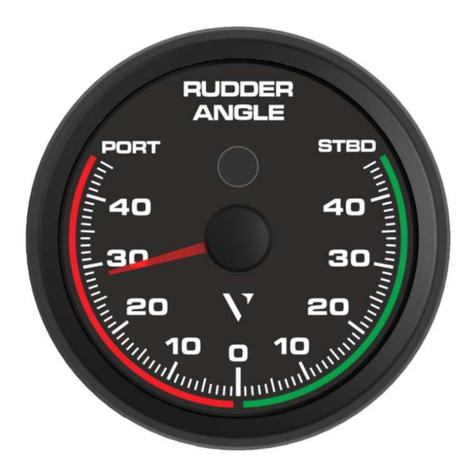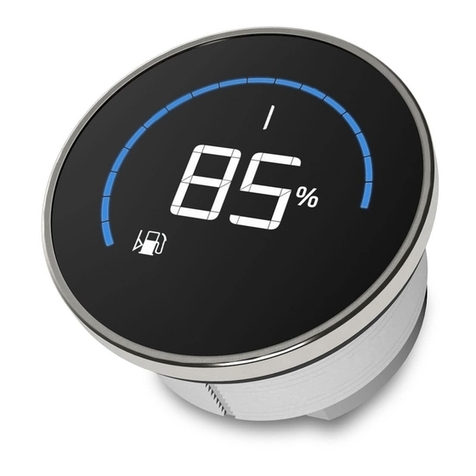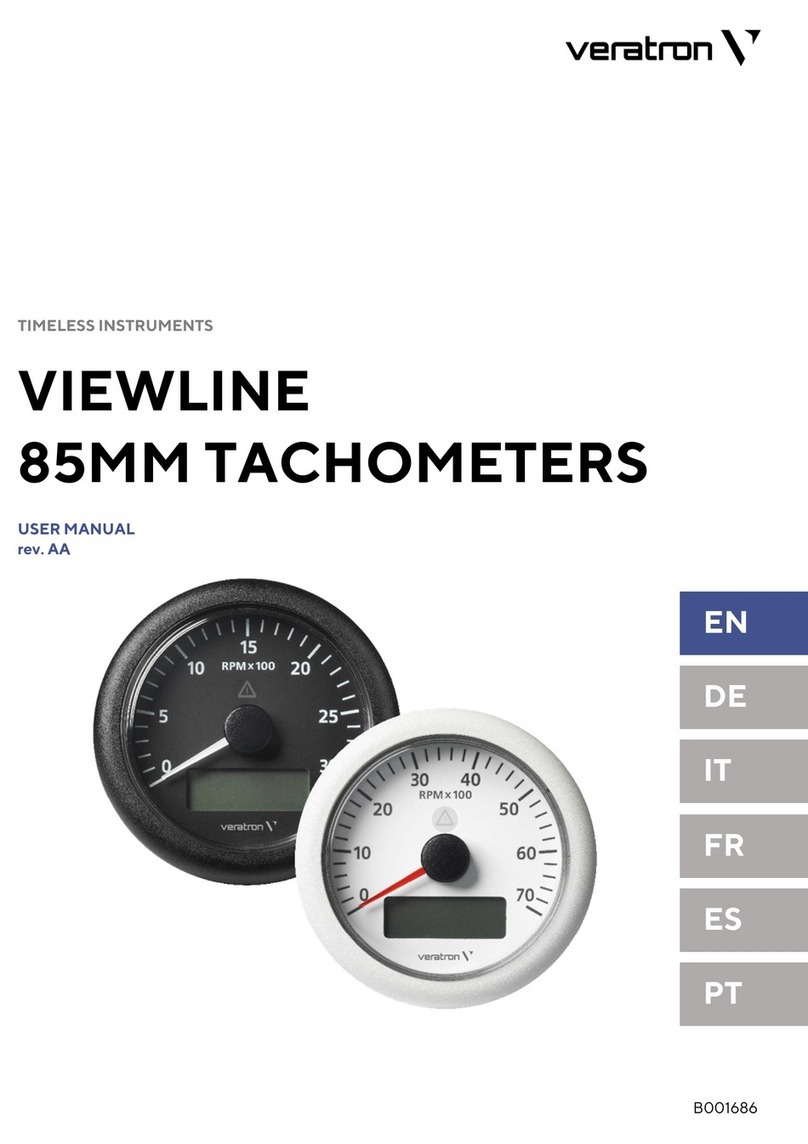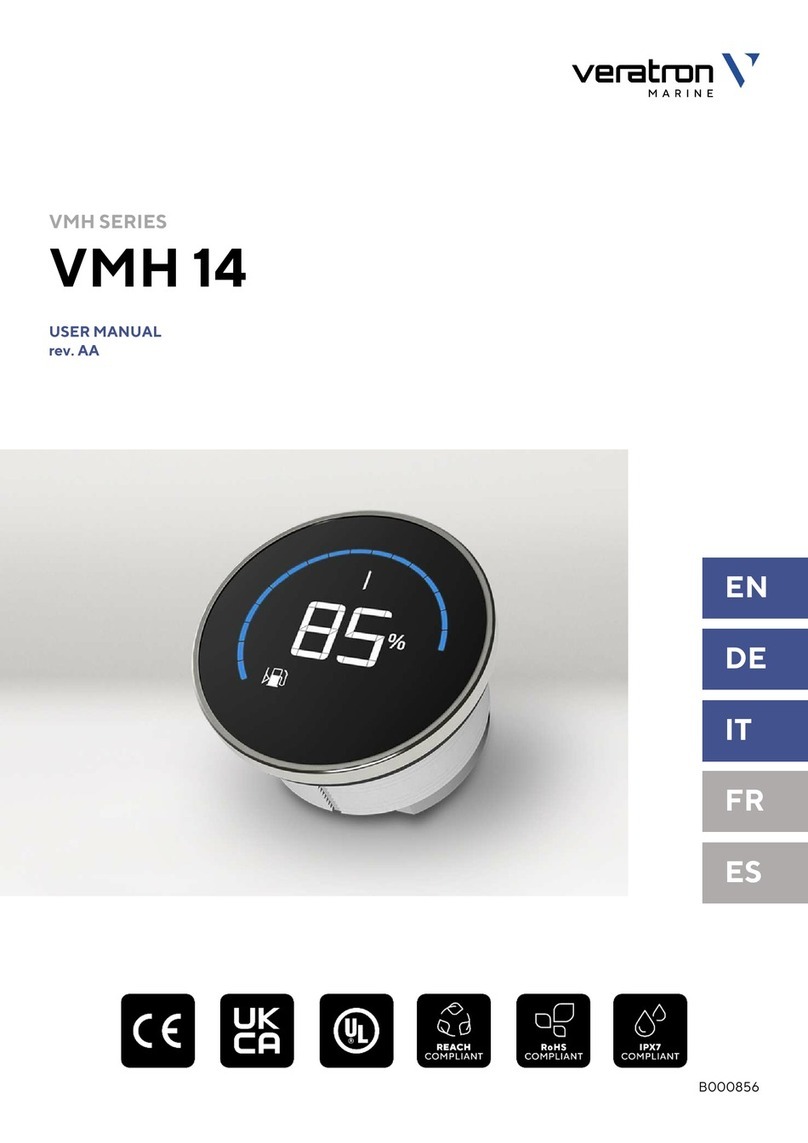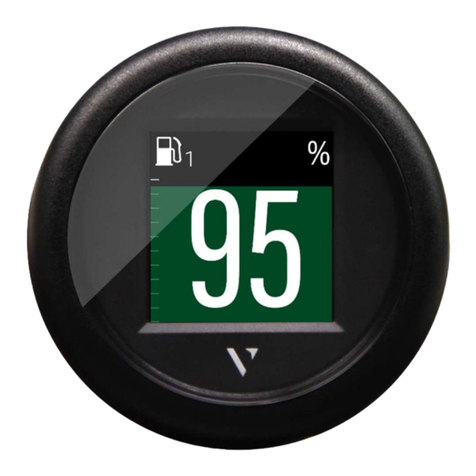
SAFETY INFORMATION
4
SAFETY INFORMATION
WARNING
•No smoking! No open fire or eat sources!
•T e product was developed, manufactured
and inspected according to t e basic safety
requirements of EC Guidelines and state-of-
t e-art tec nology.
•T e instrument is designed for use in grounded
ve icles and mac ines as well as in pleasure
boats, including non-classified commercial
s ipping.
•Use our product only as intended. Use of t e
product for reasons ot er t an its intended use
may lead to personal injury, property damage
or environmental damage. Before installation,
c eck t e ve icle documentation for ve icle
type and any possible special features!
•Use t e assembly plan to learn t e location of
t e fuel/ ydraulic/compressed air and
electrical lines!
•Note possible modifications to t e ve icle,
w ic must be considered during installation!
•To prevent personal injury, property damage or
environmental damage, basic knowledge of
motor ve icle/s ipbuilding electronics and
mec anics is required.
•Make sure t at t e engine cannot start
unintentionally during installation!
•Modifications or manipulations to Veratron
products can affect safety. Consequently, you
may not modify or manipulate t e product!
•W en removing/installing seats, covers, etc.,
ensure t at lines are not damaged, and plug-in
connections are not loosened!
•Note all data from ot er installed instruments
wit volatile electronic memories.
SAFETY DURING INSTALLATION
•During installation, ensure t at t e product’s
components do not affect or limit ve icle
functions. Avoid damaging t ese components!
•Only install undamaged parts in a ve icle!
•During installation, ensure t at t e product
does not impair t e field of vision and t at it
cannot impact t e driver’s or passenger’s ead!
•A specialized tec nician s ould install t e
product. If you install t e product yourself,
wear appropriate work clot ing. Do not wear
loose clot ing, as it may get caug t in moving
parts. Protect long air wit a air net.
•W en working on t e on-board electronics, do
not wear metallic or conductive jewelry suc as
necklaces, bracelets, rings, etc.
•If work on a running engine is required, exercise
extreme caution. Wear only appropriate work
clot ing as you are at risk of personal injury,
resulting from being crus ed or burned.
•Before beginning, disconnect t e negative
terminal on t e battery, ot erwise you risk a
s ort circuit. If t e ve icle is supplied by
auxiliary batteries, you must also disconnect
t e negative terminals on t ese batteries!
S ort circuits can cause fires, battery
explosions and damages to ot er electronic
systems. Please note t at w en you disconnect
t e battery, all volatile electronic memories
lose t eir input values and must be
reprogrammed.
•If working on gasoline boat motors, let t e
motor compartment fan run before beginning
work.
•Pay attention to ow lines and cable arnesses
are laid so t at you do not drill or saw t roug
t em!
•Do not install t e product in t e mec anical
and electrical airbag area!
•Do not drill oles or ports in load-bearing or
stabilizing stays or tie bars!
•W en working underneat t e ve icle, secure
it according to t e specifications from t e
ve icle manufacturer.
•Note t e necessary clearance be ind t e drill
ole or port at t e installation location.
Required mounting dept : 65 mm.
•Drill small ports; enlarge and complete t em, if
necessary, using taper milling tools, saber saws,












